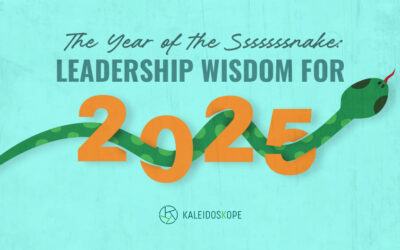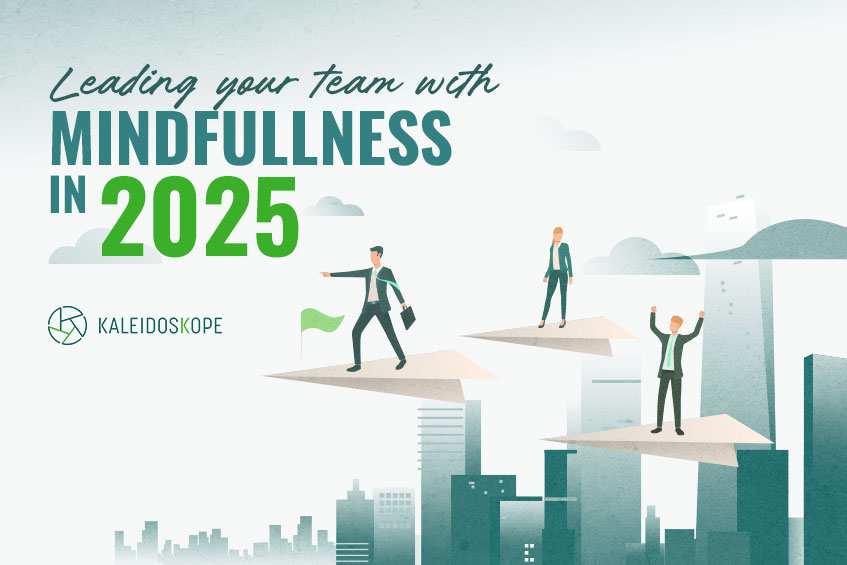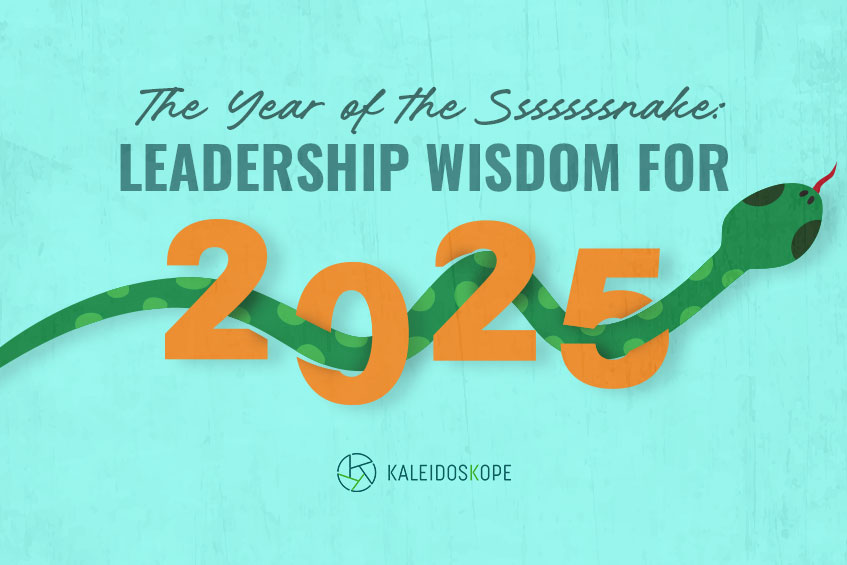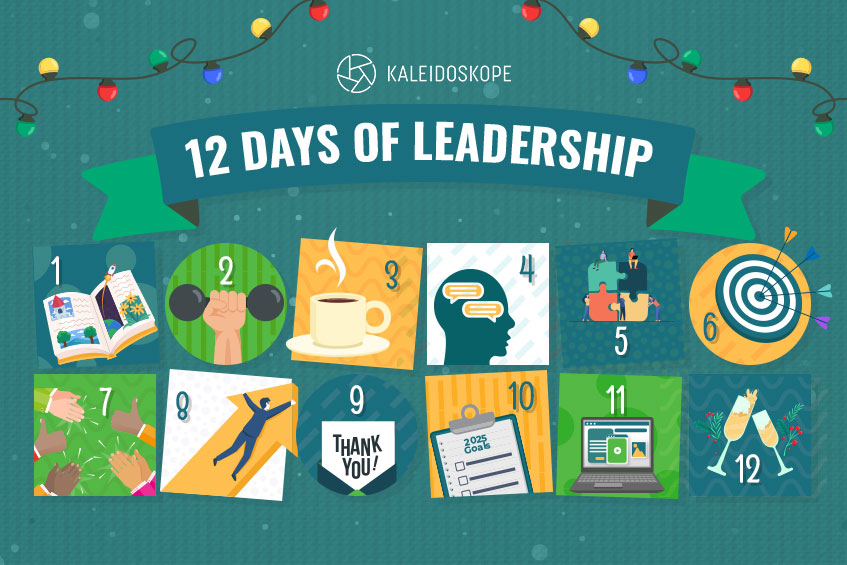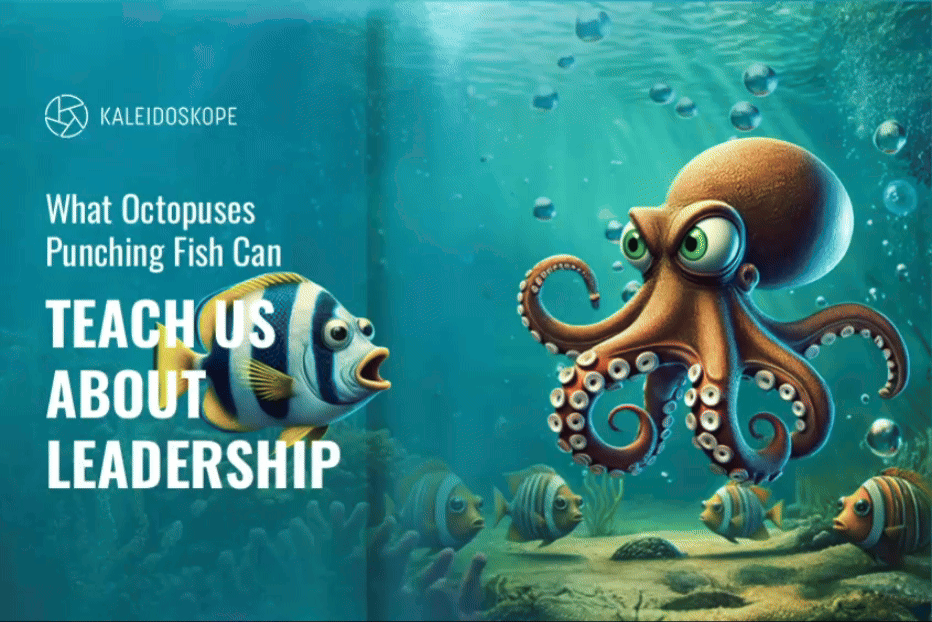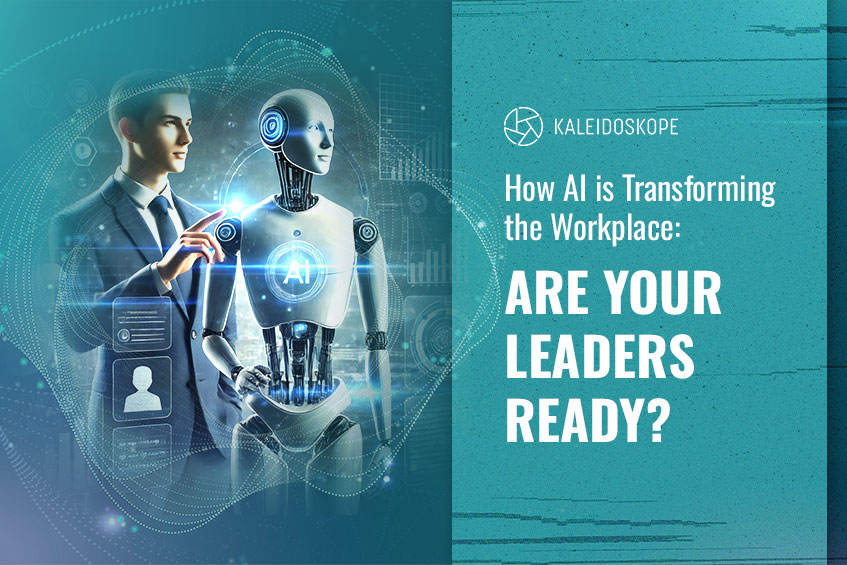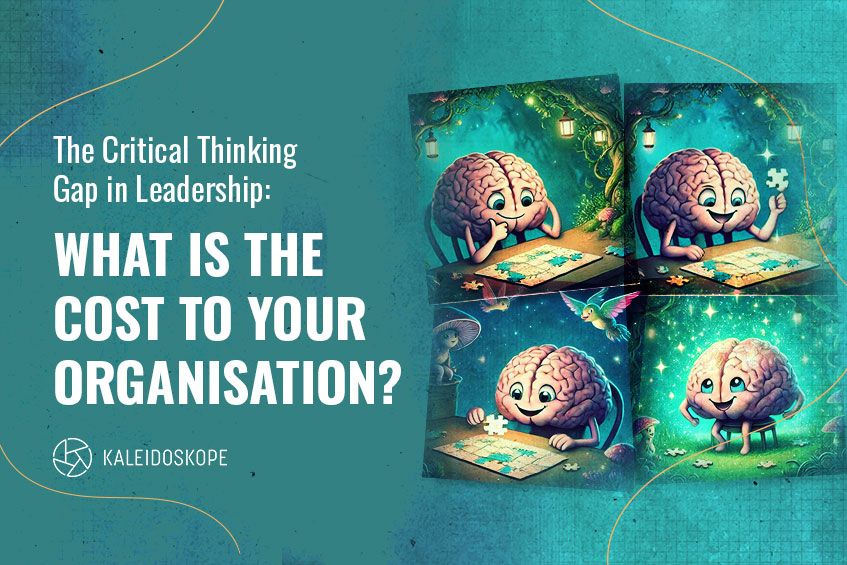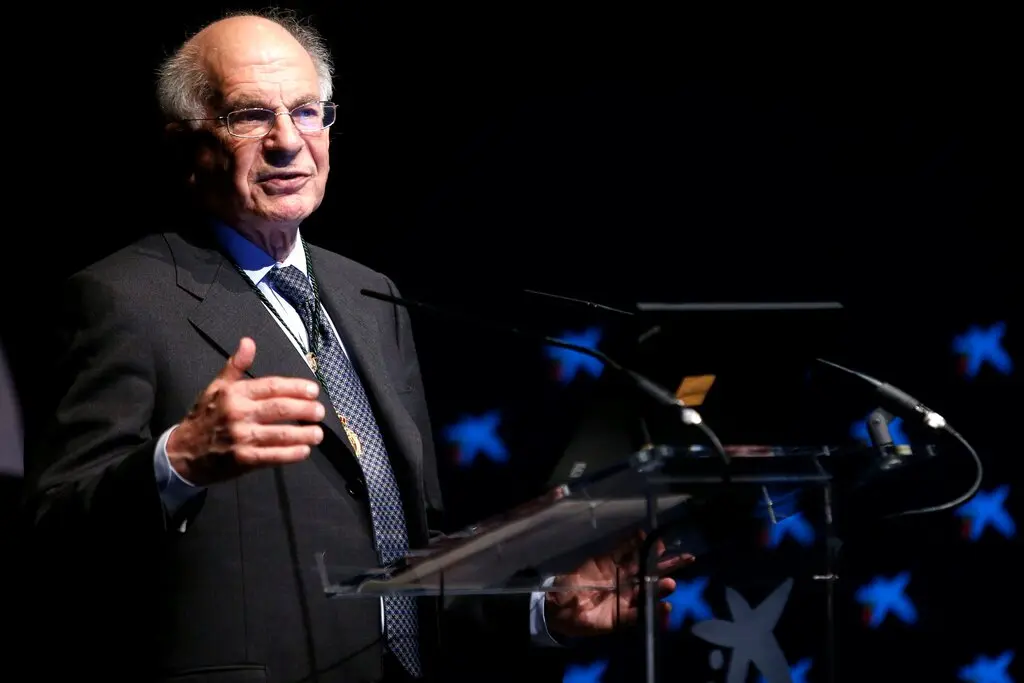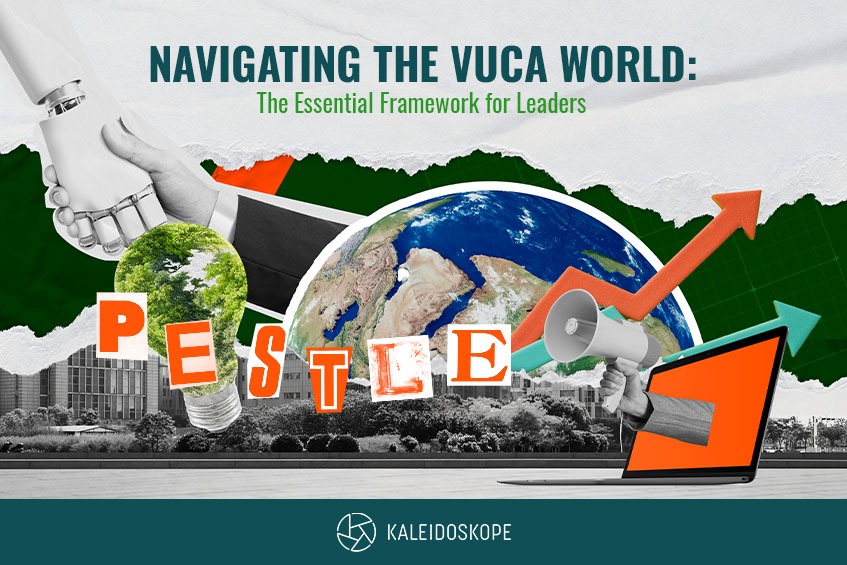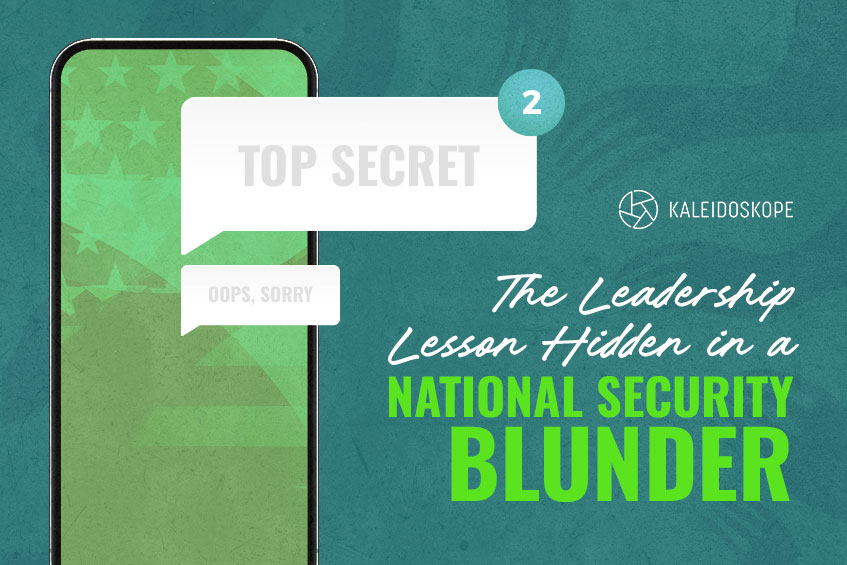
The Leadership Lesson Hidden in a National Security Blunder
We’ve all witnessed leadership failures in politics, business, and sports. A leader’s mistake and subsequent fallout reveal much about leadership, or the lack thereof. A recent incident involving the US Defence Secretary and other high-ranking officials is a stark warning, underscoring a critical gap within organisations that leadership training can bridge.
The Anatomy of a Leadership Failure
The situation involved sensitive military details being shared in a chat group, inadvertently including a journalist. While the initial error is embarrassing, it highlights a fundamental truth: leaders are human.
They are just as susceptible to errors as anyone else — fatigue, distraction, or overconfidence can lead to mistakes. However, in this case, the subsequent silence compounded the issue.
There was a distinct lack of apology, clarification, and accountability. This stark silence spoke volumes, reinforcing that leadership isn’t about striving for unattainable perfection but about demonstrating authenticity.
Authenticity vs. Perfection: The Core of Effective Leadership
People don’t expect their leaders to be flawless; they value honesty and transparency. Showing vulnerability and clarity can build trust more effectively than attempting to project an infallible image.
Conversely, silence erodes trust. A timely acknowledgement of a mistake can repair damage more efficiently than carefully crafted spin. Leaders who take ownership promote a sense of security, while those who remain silent create anxiety and uncertainty.
Ineffective leadership has a ripple effect. Failure to take responsibility comes with consequences. It negatively impacts teams, organisational culture, and overall credibility, with repercussions that can persist long after the initial incident.
This is where leadership training becomes essential. At Kaleidoskope, we specialise in equipping leaders with the tools and roadmaps to navigate those unscripted, challenging moments.
Our programmes and workshops go beyond theoretical concepts. We focus on developing the mindset and behaviours necessary to handle pressure, complexity, and even mistakes, with grace and courage. These include:
LEADING THROUGH CHANGE
This programme equips participants with the leadership skills to guide their organisations through change successfully. It enhances their understanding of self-management and the personal impact of change, while building resilience and providing practical tools to navigate transitions effectively. Participants will also learn how to create a compelling case for change, manage reactions, and foster engagement within their teams, incorporating the practices of successful change leaders.
MANAGING CONFLICT
This interactive programme develops participants’ ability to identify and resolve workplace conflict. Through role-playing and exercises, participants will learn to recognise the impact of emotions, apply conflict resolution strategies to de-escalate tense situations, and build rapport to achieve the best possible outcomes. Likewise, they will become familiar with the Thomas-Kilmann conflict management model and practical conflict management tools.
THRIVING UNDER PRESSURE
In this programme, participants learn how to recognise and manage workplace stress. They will be adept at identifying stress triggers, understanding the effects of stress on individuals and organisations, and developing personalised strategies for managing stress and improving well-being. Additionally, they will discover everyday workplace stressors and effective stress management techniques.
Ultimately, effective leadership isn’t about avoiding mistakes. It’s about how leaders respond when those mistakes inevitably happen. At Kaleidoskope, we’re here to help you cultivate leaders within your organisation who step up, speak up, and own up.
Speak to us for more information on our programmes or to discuss customising a training to meet your specific needs.
Related Blogs
The Leadership Lesson Hidden in a National Security Blunder
The Leadership Lesson Hidden in a National Security Blunder We’ve all witnessed leadership failures in politics, business, and sports. A leader’s mistake and subsequent fallout reveal much about leadership, or the lack thereof. A recent incident involving...
LEAD MINDFULLY: Your Self-Discovery Playbook
LEAD MINDFULLY: Your Self-Discovery Playbook In the relentless currents of change of today’s business world,the traditional command-and-control leadership models are rapidly becoming relics of the past. Organisations navigating complex global markets and demanding...
The Year of the Sssssssnake: Leadership Wisdom for 2025
The Year of the Sssssssnake: Leadership Wisdom for 2025 In ancient Chinese culture, the snake is celebrated for its ability to navigate challenges with calm, focus, and determination. These very same qualities embody the intuition, transformation, and agility crucial...
Start Your High-Performance Learning Journey
WITH KALEIDOSKOPE NOW!



